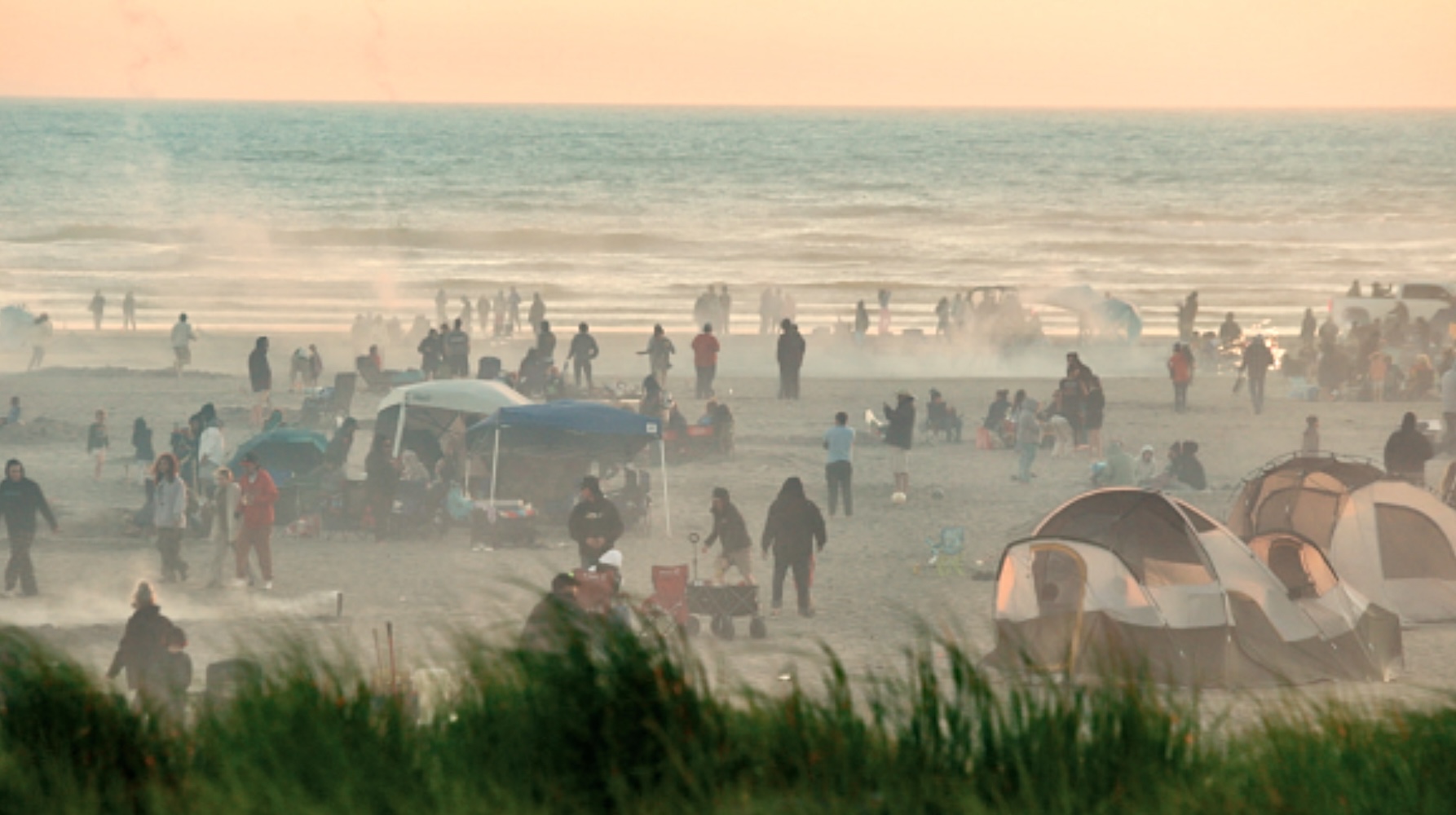From the Editor’s Desk
Published 1:00 am Monday, September 12, 2022
Walking with my cousin along the south shore of Willapa Bay a few days ago I picked up six fresh shotgun shell casings. We wondered what season it could be — duck season is still a month away. Investigating a little, I found we had a brief early Canada goose opener Sept. 3-11, so that must have been what the litterbugs were after.
Although I gave it up decades ago, I don’t have any personal objection to hunting and treasure memories of frosty autumn mornings searching for ducks with my dad.
License sales remain an important source of revenue for wildlife and bird management and conservation, but it’s a revenue stream that’s been drying up.
In September 2021, only 160 geese were harvested in Pacific and Grays Harbor counties, according to WDFW. The main fall hunt resulted in 231 geese in Pacific and 293 in Grays Harbor. Duck season was more productive: 4,731 in Pacific and 8,413 in Grays Harbor. But these are very small numbers compared to the vast numbers of geese and ducks that migrate through Southwest Washington or reside here.
A century ago there was something called the Col-Pen-Wah Rod and Gun Club — Columbia-Peninsula-Wahkiakum. Judging from back issues of this newspaper, the club appears to have been a prominent social force from coast to Cathlamet. Its name calls to mind images of guys standing in duck blinds on misty winter days, telling lies while sipping strong coffee.
There used to be hardly any reliable roads linking towns along the Lower Columbia or Willapa Bay. To get around, many relied on hand-built wooden boats driven by meaty old one-cylinder engines. Chugging through the rain heading toward a favorite hunting spot or loaded down with kids and groceries, they must have looked like photos we see of modern-day rural people on the Amazon.
Back in those self-reliant times, most who lived in Southwest Washington were perfectly prepared to be cut off from the world for a week at a time when monsoon rains, towering tides and fallen trees conspired to close the narrow tracks that passed for highways. Hard-working folks gathered in tight houses warmed by cordwood and lit by kerosene. Like always, there were hard times, but with the abundant wild ducks, clams, oysters and salmon, everybody got by. Reading and conversation were their ordinary entertainment and radio programs eventually became a big treat.
I love the idea of those times.
This week’s edition of the Chinook Observer will be big on nostalgia of a different kind: Classic cars here for the great Rod Run to the End of the World. As usual, we’ll have much additional content online at www.chinookobserver.com, and plan to run a complete list of trophy winners next week.
Thank you very much for your support of the Observer — a community project that depends on each of you.









